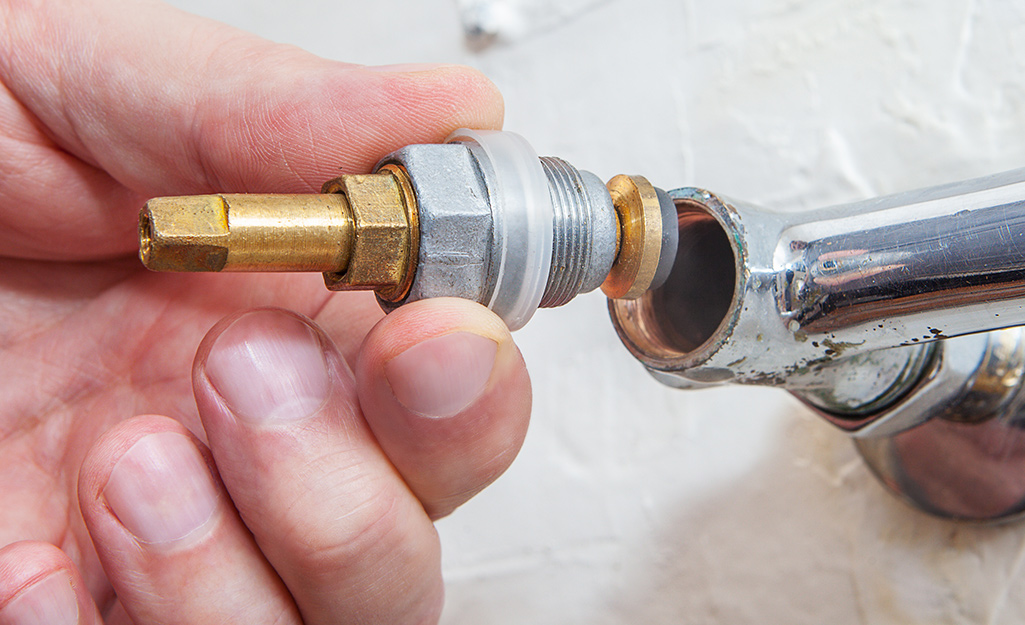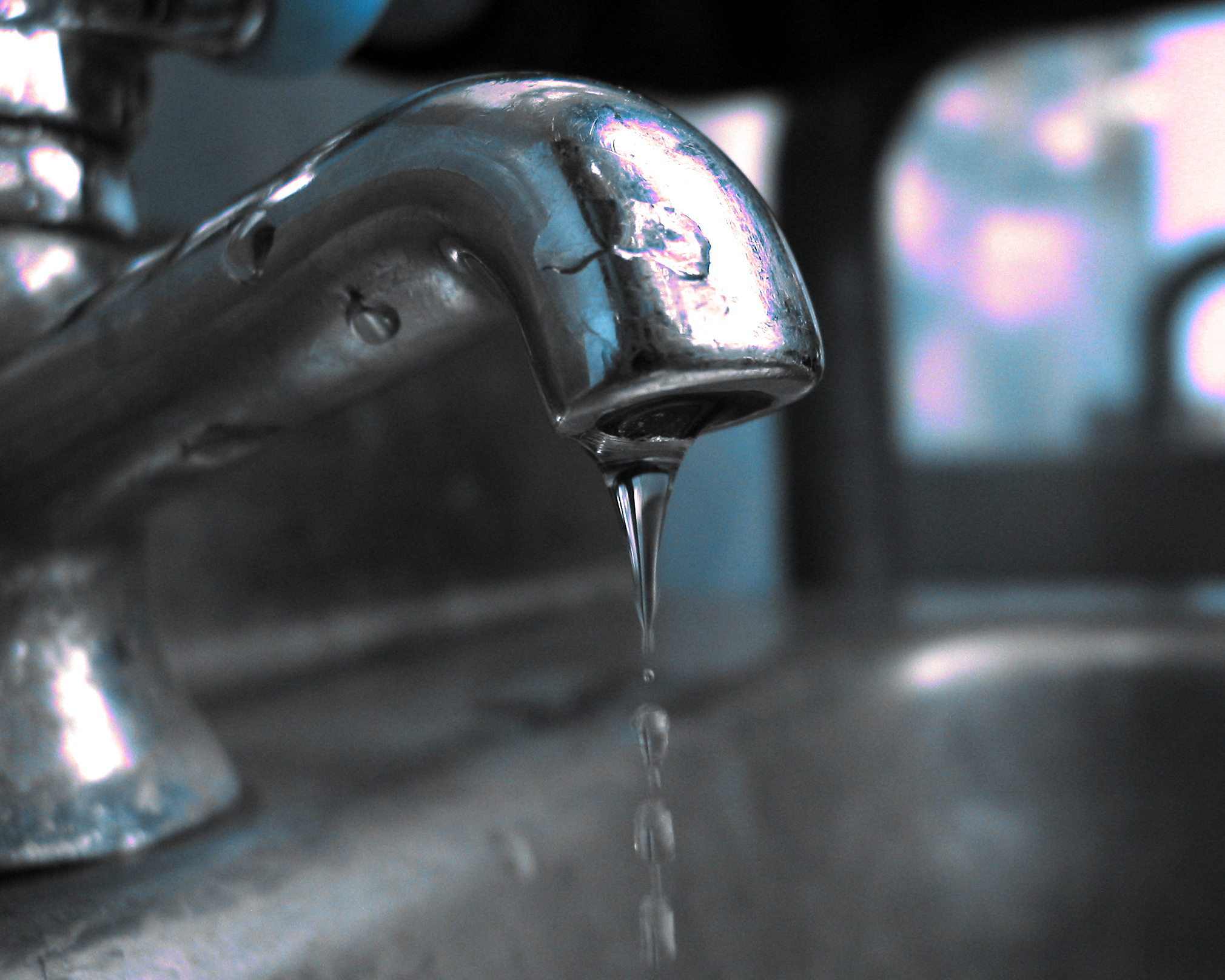Your Causes Behind Resolving a Faulty Faucet
Your Causes Behind Resolving a Faulty Faucet
Blog Article
They are making a number of good pointers related to Leaky Faucets: Why They Happen & What to Do About Them in general in this post which follows.

Dripping taps may appear like a minor hassle, yet their influence surpasses just the annoyance of the audio. From drainage to incurring unnecessary economic costs and health risks, neglecting a leaking tap can cause numerous repercussions. In this write-up, we'll delve into why it's vital to address this common home problem promptly and effectively.
Wastage of Water
Environmental Impact
Dripping faucets add dramatically to water wastefulness. According to the Epa (EPA), a single tap leaking at one drip per second can lose greater than 3,000 gallons of water annually. This not just strains water sources yet additionally affects ecosystems and wildlife based on them.
Financial Expenses
Boosted Water Costs
Past the ecological influence, trickling taps can inflate water expenses significantly. The built up wastage in time converts right into higher utility expenses, which might have been stayed clear of with timely repair services.
Prospective Residential Property Damage
Furthermore, extended leaking can lead to damage to fixtures and surface areas bordering the tap. Water accumulation can cause discoloration, deterioration, and even structural issues if left ignored, causing added repair work expenses.
Health and wellness Worries
Mold And Mildew and Mildew Growth
The continuous presence of wetness from a leaking tap produces an excellent setting for mold and mildew and mildew growth. These fungi not just jeopardize indoor air quality yet additionally present wellness dangers, especially for individuals with respiratory system conditions or allergies.
Waterborne Conditions
Stagnant water in trickling taps can become a breeding place for germs and various other virus, enhancing the threat of waterborne illness. Contaminants such as Legionella germs thrive in stagnant water, possibly resulting in significant diseases when consumed or inhaled.
DIY vs. Professional Repair service
Advantages and disadvantages of Do It Yourself Fixing
While some may attempt to take care of a dripping faucet themselves, DIY repairs include their very own set of difficulties. Without proper expertise and devices, DIY efforts can worsen the concern or result in incomplete fixings, extending the issue.
Advantages of Employing an Expert Plumber
Working with a specialist plumber guarantees that the underlying source of the dripping faucet is attended to properly. Plumbers possess the knowledge and devices to diagnose and repair tap concerns successfully, conserving time and reducing the danger of further damages.
Step-by-Step Overview to Taking Care Of a Dripping Faucet
Devices Needed
Prior to attempting to fix a trickling tap, gather the essential tools, consisting of an adjustable wrench, screwdrivers, replacement components (such as washers or cartridges), and plumber's tape.
Common Tap Issues and Their Solutions
Determine the type of tap and the particular concern causing the drip. Typical problems include damaged washers, corroded shutoff seats, or defective O-rings. Describe producer guidelines or online tutorials for detailed advice on repairs.
Preventive Measures
Regular Upkeep Tips
To prevent leaking taps, perform regular maintenance such as cleaning up aerators, inspecting for leaks, and changing damaged parts without delay. Additionally, take into consideration setting up water-saving tools or upgrading to much more effective fixtures.
Significance of Prompt Services
Attending to leaking faucets as quickly as they're observed avoids additional water wastage and possible damage, inevitably saving both water and money over time.
Influence On Building Value
Perception of Well-Maintained Residential Or Commercial Property
Keeping a residential or commercial property in good condition, including resolving upkeep issues like dripping taps, boosts its viewed worth and desirability among possible buyers or occupants.
Impact on Resale Value
Characteristics with well-maintained plumbing components, including faucets, command higher resale values in the real estate market. Resolving trickling faucets can add to a positive impact during property assessments and negotiations.
Ecological Responsibility
Individual Contribution to Preservation
Taking obligation for dealing with leaking taps straightens with wider initiatives toward water conservation and ecological sustainability. Every person's actions collectively make a substantial impact on maintaining priceless sources.
Lasting Living Practices
By prioritizing prompt repairs and adopting water-saving behaviors, people contribute to sustainable living techniques that profit both present and future generations.
Conclusion
Attending to a trickling faucet goes beyond simple ease; it's a crucial action towards conserving water, reducing monetary costs, and guarding wellness and building. Whether with do it yourself repair services or specialist help, taking action to deal with dripping taps is a little yet impactful way to advertise accountable stewardship of resources and add to a much healthier, a lot more sustainable future.
How to Fix a Dripping or Leaky Faucet
A leaking faucet is one of the most common problems that homeowners encounter, but it being commonplace doesn’t make it any less annoying. The constant drip drip drip of a leaking bathtub faucet, showerhead, or sink tap can disturb your home’s serenity. Left neglected, a dripping faucet can also result in higher water bills and discoloration or mold growth in your sink or plumbing fixtures.
Fortunately, you don’t have to be a trained plumber to know how to stop a dripping faucet. With some basic tools, replacement parts, and a little patience, leaky faucet repair is a breeze. In this article, we’ll explain what causes dripping faucets and how you can fix them.
What Causes a Leaking Faucet?
Kitchen and bathroom faucets come in all manner of designs, but most involve some combination of valves, O-rings, seals, and washers. The O-ring is usually the weakest link, but any one of these pieces can wear down over time. Heat, moisture, temperature fluctuations, minerals, mold, and movement can contribute to warping and corrosion, breaking the watertight seal. This just comes with the territory of being a homeowner. Everything is always subject to wear and tear, and some component parts of your appliances and fixtures need to be replaced on occasion. At least replacement O-rings are cheap!
More rarely, dripping faucets can be a symptom of excessively high water pressure. Were this the case in your home, you would probably notice that the leak is not isolated to one faucet. Water pressure issues are harder to resolve on your own. We recommend contacting a professional plumber if you suspect your water pressure is too high.
How to Fix a Dripping Faucet
Pipe wrench or monkey wrench Allen wrench set Screwdrivers Old towel or rag Shut off the water.
Before you do anything, you need to turn off the water to keep from drenching your kitchen or bathroom. You should find a valve under the sink and against the wall. Once you’ve turned this valve, try turning the faucet on to confirm that the water source has been cut off.
If you can’t locate your local valve for the faucet you’re working on, you can always shut off the water to the house at the main valve. Of course, this will prohibit anyone from using the sinks, showers, or toilets while you’re working on the faucet that’s giving you trouble.
Plug or block the drain.
You’ll be disassembling the faucet and removing some small bits of hardware. Plug the drain with a stopper or rag to avoid the possibility of a small screw falling into your P-trap.
Take apart the faucet assembly.
There are several varieties of kitchen and bathroom faucets, each with its own manner of assembly. For detailed instructions on how to disassemble your faucet, you can refer to the fixture’s manual or contact the manufacturer. If you know whether you have a ball, disc, cartridge, or compression faucet, you can find detailed schematics online.
In general, you need to begin by removing the faucet handles. You might notice a small screw that you’ll need to remove with a screwdriver or Allen wrench. If you don’t see any visible securing hardware, it’s likely hidden under a decorative cap that can be unscrewed or popped off with flathead screwdriver.
Remove each piece methodically, consulting a schematic when necessary. Take notes or arrange the pieces in such a way to make it easier to correctly reassemble the faucet later.
Remove the cartridge.
Once you’ve removed the handles and securing hardware, you should be able to remove the valve cartridge or stem. Some cartridges will slide right out. Other faucet models will require you to loosen a nut with a pipe wrench before you can remove the valve stem.
Examine the exposed hardware.
With the cartridge or stem removed, inspect the component parts. Check the rubber O-rings for wear and tear. Also examine the seat washer for corrosion or other damage. These pieces are usually the responsible parties for a dripping faucet, but it’s worth inspecting the other component parts while you have the faucet disassembled.
Find replacement parts.
Once you’ve identified which faucet component has failed, find an identical replacement. Your local hardware store should have O-rings, seat washers, and other standard components in stock. If you have a luxury or uncommon faucet, you may have to contact the manufacturer for a replacement part.
It’s a good idea to take your old parts with you to the hardware store so you can compare them with the store’s inventory and be sure you’re purchasing the correct replacement.
Reassemble the faucet.
With your new parts in hand, reconstruct the faucet and handles. Don’t be tempted to overtighten screws or nuts. You might think this could create a better seal, but it can instead damage or bend a delicate part of the assembly and create a new problem for you.
Turn on the water and test the faucet.
The only thing left to do is test your work. Unplug the sink, turn the water back on, and try the faucet. Congratulate yourself on a job well done!
https://www.libertyhomeguard.com/how-to-fix-a-dripping-or-leaky-faucet/

I recently found that post on Why Is It Important To Fix Your Leaking Tap/Faucet? while doing a lookup on the internet. Sharing is caring. You won't know, you may be helping someone out. We treasure your readership.
Report this page